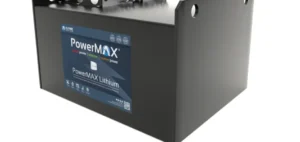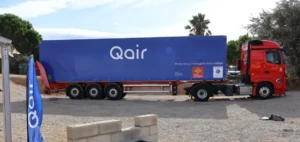Phillips 66 recently announced quarterly results that exceeded analysts’ expectations, thanks in large part to the robust performance of its midstream unit.
This segment, which specializes in the transportation of natural gas and crude oil, posted a significant increase in revenues despite difficult market conditions for other divisions of the company.
Midstream segment performance
Phillips 66’s midstream unit recorded a 23.7% increase in revenues in the second quarter, which was a key factor in the company’s good overall performance.
This growth was achieved despite lower refining margins due to a weaker-than-expected summer driving season.
Impact on refining margins
In contrast, Phillips 66’s refining segment experienced a significant drop in margins, from $15.32 per barrel last year to $10.01 this year.
This decline led to a 74.3% drop in profits in this segment, highlighting the challenges facing the industry.
Comparison with the competition
Phillips 66 is not the only company facing these challenges.
Valero Energy Corp, one of its competitors, also reported lower quarterly earnings.
However, Valero managed to beat estimates thanks to high processing volumes, offsetting lower margins.
Renewable Fuels Segments
Another important point in Phillips 66’s results was the loss recorded in its renewable fuels segment.
With a loss of $55 million, compared with a profit of $68 million the previous year, this division was affected by overcapacity in renewable diesel production in the USA.
Analysis and outlook
Despite the challenges, Phillips 66 managed to post adjusted earnings of $2.31 per share, exceeding expectations of $1.98.
This performance underlines the company’s resilience and ability to navigate a complex market environment.
Analysts will be closely monitoring Phillips 66’s future strategies to maintain this positive momentum, particularly in the context of the energy transition.
Phillips 66 demonstrated notable robustness in its midstream segment, partially offsetting the difficulties encountered in its other divisions.
Second-quarter results offer an encouraging outlook, although the challenges associated with refining margins and renewable fuels remain worrying.
The market will continue to watch the company’s performance closely over the coming quarters.





















